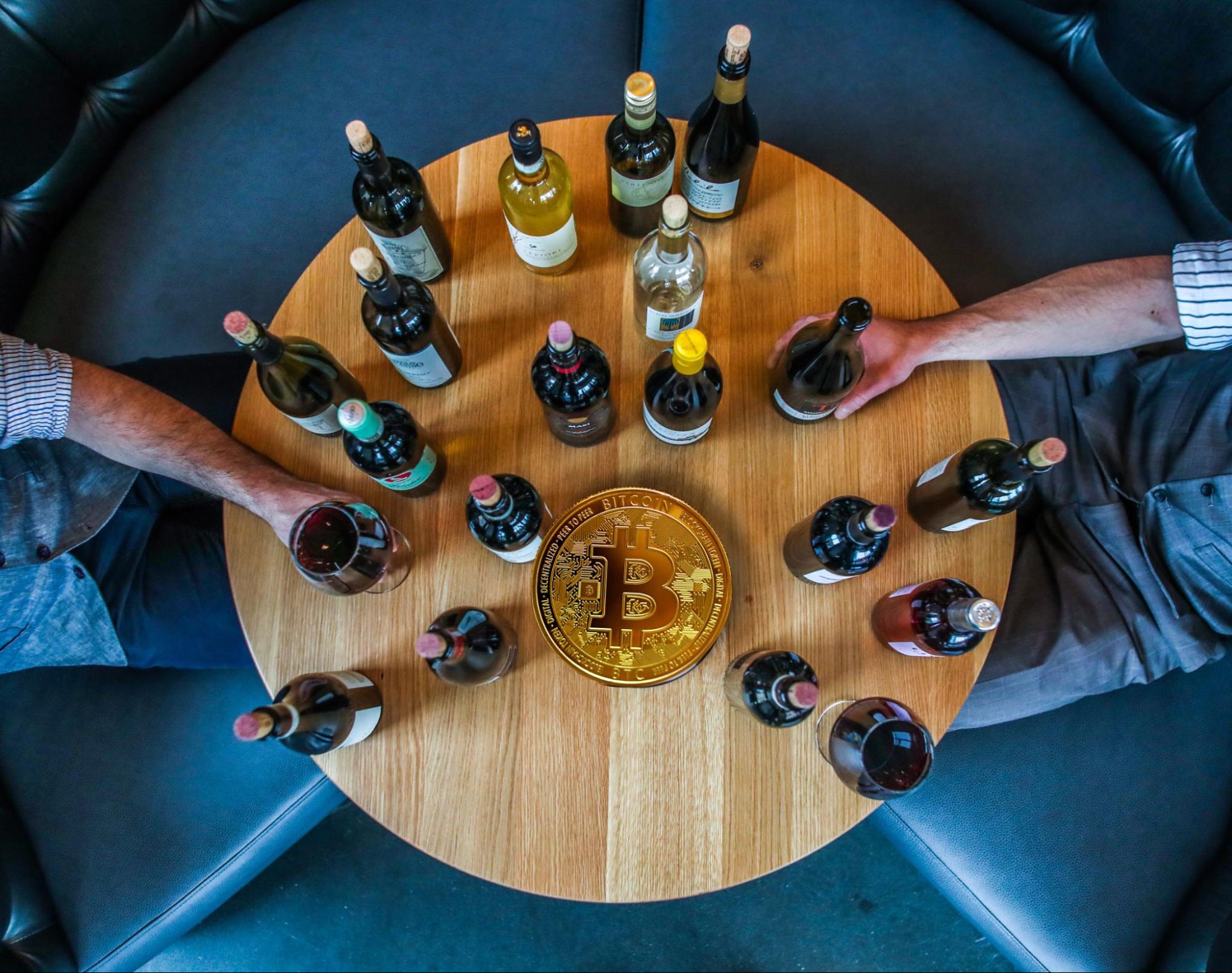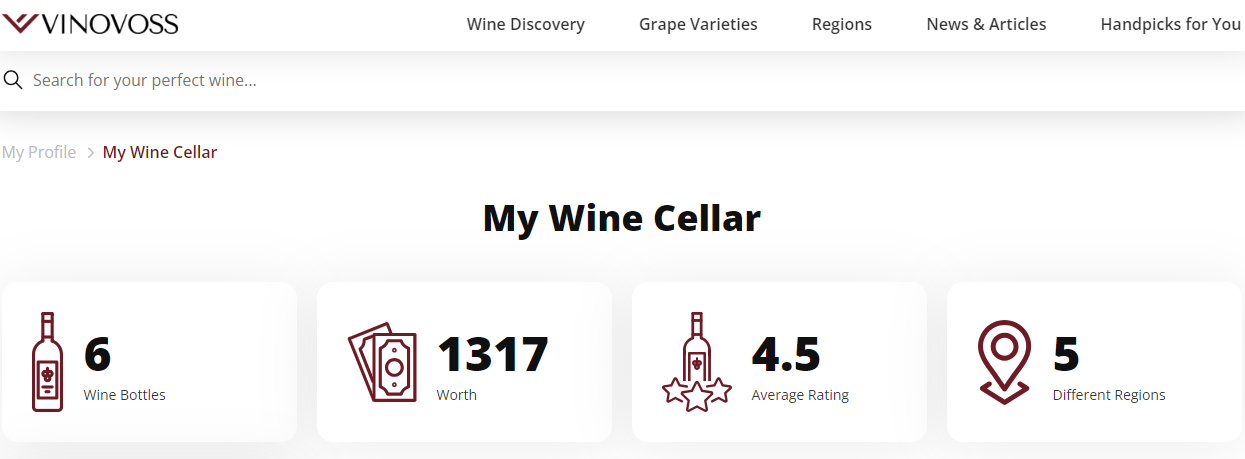- Wine Color/Type
- Top Occasions
- Unique Wines
- Surprise Me!
Fine Wine or Bitcoin: Which Is a Better Alternative Asset?
Bitcoin, like many other cryptocurrencies, is revolutionary. Backed by the innovative blockchain technology. It is a fully decentralised digital currency. It is not issued, regulated or monitored by any central authority. Immune them from governments’ interference or manipulation. Since it was launched in 2009, Bitcoin has $3 billion in circulation with 100,000 shops accepting it. It is often processed more than one million times per day.
On 6th of November 2023, The price of bitcoin went sky-rocketed, up 175%. It marked the recovery from the 2022 controversy that caused a market-wide crypto crash. Just like fine wine prices, cryptocurrencies are not for the faint-hearted. Liv-ex, the global fine wine market place, reported the Liv-ex Fine Wine 1000 index had a 13% year-to-date loss. The question of whether investing in cryptocurrency or fine wine is a good investment alternatives is back on the horizon.
Cryptocurrency and fine wine could both be a good investment alternatives for many people (Photo: originally by Zachariah Hagy on Unsplash, edited by Krystal Wen)
Is Cryptocurrency a Currency?
Many people would say no.
Cryptocurrency, such as Bitcoin, Ethereum, share many common characteristics of a currency. They can be used as a medium of exchange. They store value. In some places, they can even be interchangeable with fiat currencies, such as US dollars.
For example, if you give someone a $100 U.S. dollar note, which was issued by the central bank, the other person does not need to check how much it is worth at the time of transaction. This is called the “No Questions Asked (NQA)” principle. If you send someone US$100 via PayPal, a central bank would help to verify and record that transaction.
The main difference between a cryptocurrency and a fiat currency is that: if you send someone a Bitcoin, no central bank is involved. This transaction is posted in a digital ledger, a blockchain, that is distributed to all other Bitcoin owners in the world. This mutual peer-to-peer accounting system, safeguard the cryptocurrency. Everyone can inspect every transaction.
In short, due to the cryptocurrency’s volatile nature, both the buyer and seller must validate the value at the time of transaction.
Fine Wine vs Cryptocurrency
Fine wine is increasingly recognized as a viable investment option, showing unique attributes when compared to cryptocurrency. Here, we delve into various investment aspects to draw comparisons between fine wine and cryptocurrency.
Volatility
A general rule of thumb in investment is: the higher return usually comes with higher risk. One of the main reasons why cryptocurrency delivered such a high return is because it is risky. The latest annualised Bitcoin 30-day volatility is 46.31%, which is 25 times more volatile than Liv-ex Fine Wine 50, 7 times of U.S. Dollar Index, and 4 times of Dow Jones Index.
Annualised 30-day Volatility
Bitcoin - 46.31%
Liv-ex Fine Wine 50 Index - 1.75%
U.S. Dollar Index - 7.15%
Dow Jones Index - 11.49%
The high volatility in Bitcoin can yield big gains. But it can also lead to big swings in investment values.
By comparison, fine wine is less volatile than most equity markets. It has a track record of being a less risky investment alternative.
Understanding the Market Dynamics
Scarcity drives both fine wine and cryptocurrencies. Their demand exceeds supply, causing prices to rise. As demonstrated above, the bitcoin market and mechanism could be difficult to comprehend, let alone keep up with. For new crypto investors, quick reaction or even luck can be more critical.
Fine wine investment, on the other hand, requires less frequent intervention or time investment. Many fine wine investors just purchased their wine via cellar door, mailing list, or En Premeur, without getting into the nitty gritty of terroir or vintage variances.
Like many subject, both cryto and fine wine are supported by a network of evangelical experts and celebrity influencers. Because fine wine is more resilient to the global economy their investors are exempt from daily transactions. As a result, fine wine investment is less risky, and more leisurely hobby-alike.
Tangible or not
The field of crypto is notably far from having good regulations, leaving room for market manipulation and scams. Fine wine, however, is a tangible asset. A collector can decide whether to cash out after long-term price increases, or to enjoy an extremely beautifully aged bottle to enjoy.
Environmental Impact
Savvy investors are increasingly prioritising environmental concerns. In general, the wine sector is very proactive in reducing carbon frootfrint and combating climate change. Wine regions all over the globe are embracing organic, sustainable, and biodynamic viticulture practices.
On the other hand, the mining of cryptocurrencies is notoriously energy intensive. Approximately 19 million bitcoins have been produced and are currently in circulation, leaving merely 2 million to be mined before 2140. The increasing difficulty of the algorithms needed to mine them is only going to increase cryptos’ carbon footprint.
Did you know that you can track the value of your cellar at VinoVoss?
Login now, and create a digital record of your wine collection.
In our next post, we will look at how the cryptocurrency market compares to fine wine and other alternative investments. And answer the question ‘should crypto investors hedge their bets with fine wine?’.
Stay tuned…
Krystal Wen
Latest articles


